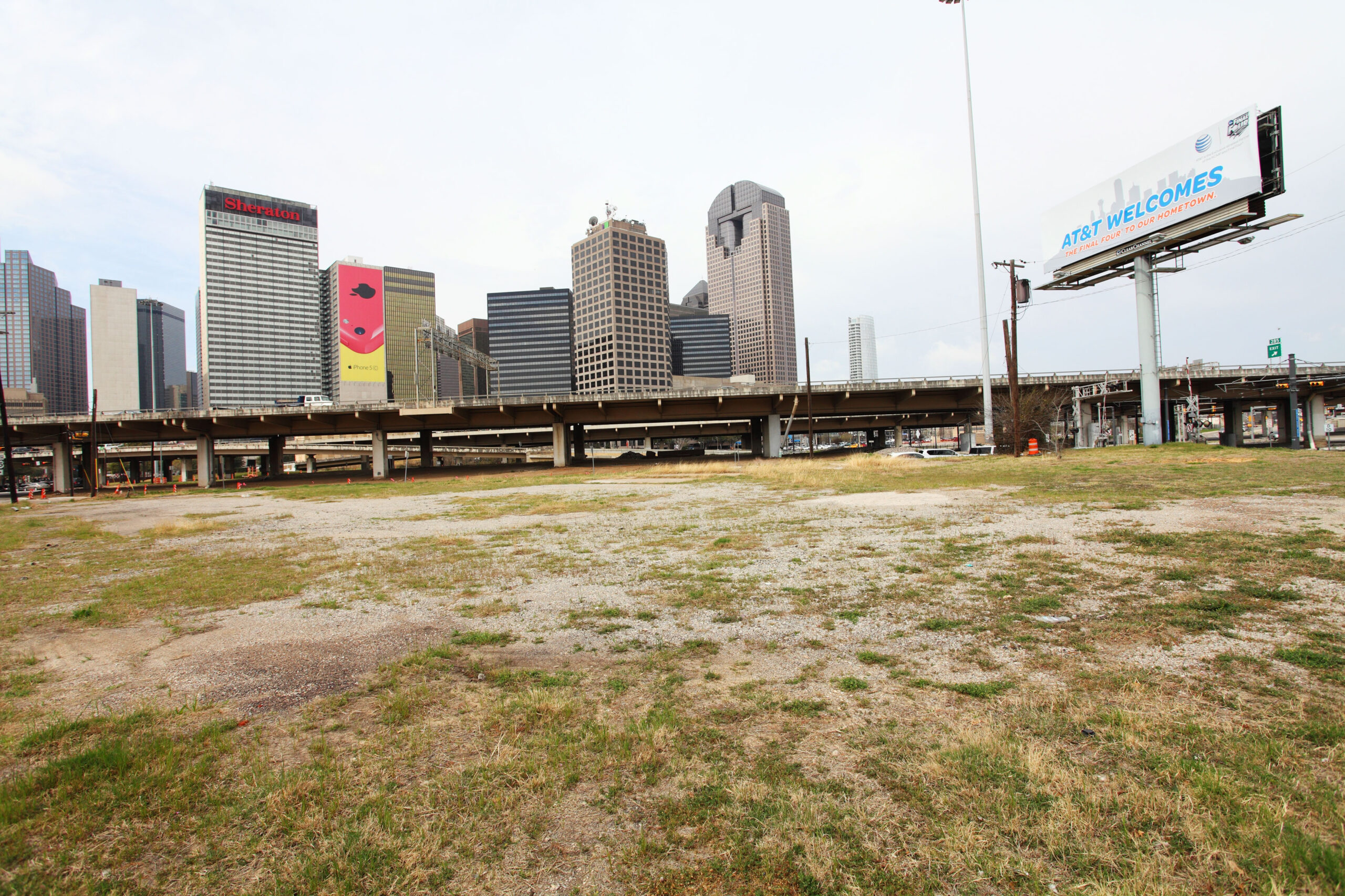Congress is getting serious about highway removal. Tucked into the reauthorization of a $287 billion transportation spending bill is a pilot program that will help pay to tear out freeways—studying, planning, and the actual construction.
As it’s written, there are no caps on funding each project, but, if passed, the U.S. Department of Transportation could pay for up to half the cost of a highway’s removal, from planning to construction. (Total federal dollars from other applicable programs can’t cover more than 80 percent of the project.)
It’s not the first time the feds have set money aside for such a thing. Congress has allotted $4.7 billion for block grants that can go toward capital projects, safety improvements, cycling trails, and highway removals. But this is the most direct and specific that the federal government has ever been about paying to knock down highways, and it’s the first time it has prioritized economic development as a deciding factor in issuing grants for such a project.
“It starts to move the national discourse forward,” says Ben Crowther, a fellow at the Congress for the New Urbanism, the nonprofit that advocated for the funding. “The federal government that created most of these roads is taking a bit of responsibility to undo some of the damage that they’ve done to neighborhoods and communities.”
The reauthorization bill is known as the FAST Act—Fixing America’s Surface Transportation—and its current iteration will expire in 2020. The $287 billion is a 27 percent increase over current funding and includes provisions meant to trim carbon emissions and subsidize vehicles that use alternative fuel sources. The bill still needs support from the U.S. House and Senate, but yesterday it breezed out of the Senate Environment and Public Works Committee by a vote of 21-0.
The portion of the bill addressing funding for tear-outs includes many of the bullet points you see from supporters of such actions: that the freeway or street imposed a barrier to mobility, access, or economic development in a neighborhood that could now stand to benefit from its removal. Sound familiar? That’s the same language used by the city and the state in exploring tearing out I-345 between downtown and Deep Ellum, as well as shrinking and redesigning Interstate 30 east of downtown.
The money is split into three general uses: planning grants, a technical assistance program, and capital construction grants. Planning is to pay for the up-front work, like identifying traffic patterns, capacity, studies of alternative roadway designs, and the effect it would have on freight and the “traveling public.” The planning grants will be no more than $2 million per project, an amount Crowther says is “far and away” above what most plans would need. (Peter Park, the city planner in Milwaukee during the removal of the Park East Freeway there, said planning cost somewhere around $500,000 to $750,000. Rochester’s feasibility study for filling its Inner Loop was about $1 million.)
The other interesting fold is that cities, states, metropolitan planning organizations (like the North Central Texas Council of Governments), and nonprofit groups can all apply for one of these. Opening them up for non-governmental organizations was a big selling point for the Congress for the New Urbanism.
“In many cases, these are grassroots movements that are looking at taking out a highway in their neighborhood or community, but they don’t have the financial capacity of a state department of transportation or even a municipal government,” Crowther says, pointing to Reconnect Austin’s push to rethink Interstate 35 between downtown and the east side. “If they become sufficiently organized, they can apply for these grants on their own, and they can bring information and professional expertise from outside the normal channels of infrastructure development.”
The technical assistance program is the transportation planning portion: how do we actually tear out the roadway, and what will replace it? Then how is all that done? What is the environmental impact? Capital construction grants, which will be at least $5 million each, will go toward execution. That’s where it gets pricy. The New York State Department of Transportation estimated the tear-out of the 1.4-mile I-81 in Syracuse to cost about $1.3 billion. Projections for Dallas’ I-345 are all over the place, but the most expensive so far is $500 million. Engineers are currently studying removal to nail a more precise cost.
The transportation secretary will judge applications based on “the degree to which the project will improve mobility and access through the removal of barriers,” as well as “the appropriateness” of removal based on traffic patterns and impact to freight, a cost-benefit analysis, and opportunities for inclusive economic development. It also wants to make sure that the freeway isn’t being replaced with a six-lane highway, something that wouldn’t solve the problems the original road created.
“This allows for greater awareness of these various pools of money from the federal government so that cities and regions can be smarter in how they do their long-range planning with a focus on infrastructure not for the sake of infrastructure spending, but infrastructure that is subservient to the desired form and function of cities,” says Patrick Kennedy, the urban planner who popularized the movement to tear out I-345. He defines that form and function as “the pervasive access to opportunity and human flourishing.”
Crowther agrees. He says he’s encouraged by the focus on economic development in determining who gets the grants. After all, this is why we’re considering such things in the first place. The freeway can be a neighborhood decimator, a physical barrier that cuts off neighborhoods from one another, limiting access to services that once existed. Look at the Tenth Street Historic District, cut off when Interstate 35 went in. That’s something TxDOT focused on in its landmark CityMAP survey of what to do with inner-city freeways. What do these communities stand to gain with this road gone?
“This is not just a transportation bill that is entirely devoted to infrastructure for the automobile,” Crowther says. “It’s starting to move the needle, is a good way to put it.”
The current FAST Act expires in 2020. If this were to be approved, the bill would be enacted in 2021. Then, Congress expects the first pilot project to wrap in 2025. The U.S. Government Accountability Office will be charged with identifying examples of projects that can use these dollars, including “impacts to the local economy, congestion effects, safety outcomes, and impacts on the movement of freight and people.”






